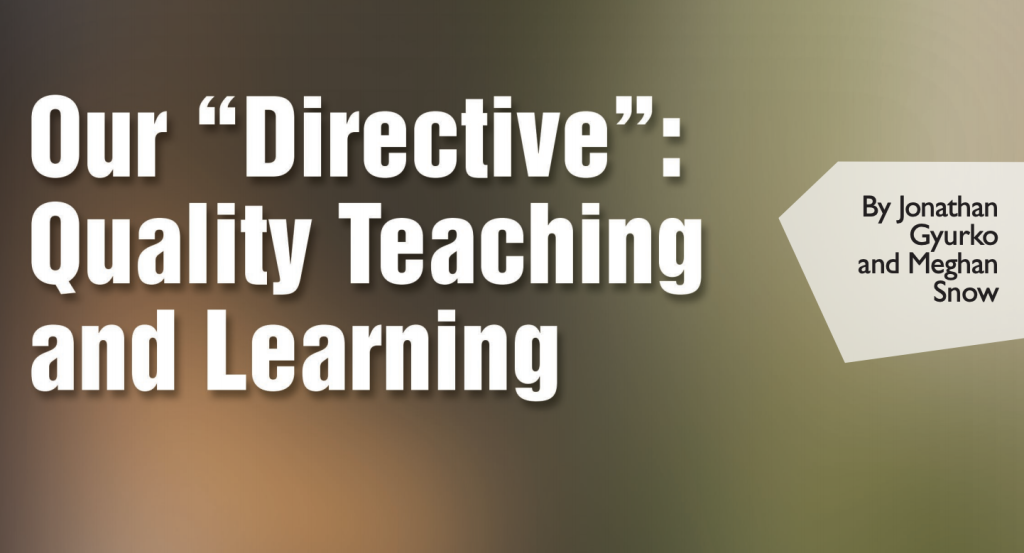
Planning Guide: Using Points to Encourage Student Behavior
A new year and academic term is just around the corner! In this post, I continue with our “Back to Class” series to share a teaching practice that you may find helpful as you plan for a new semester—whether in a classroom or a virtual learning environment—to support deeper engagement and learning.
Using Points to Encourage Student Behavior
The use of points, sometimes referred to as “gamification,” can be leveraged to encourage the types of learning activities or behaviors you recognize as having a positive effect on student success in your course. Offering a small number of points as an incentive for students to engage in these behaviors can help to build good habits that students will continue using. This planning guide from our course in Effective Teaching Practices offers a quick and easy way to incentivize students to:
1) Do things that will benefit them academically
2) Build community in their online course
3) Build professional skills
4) Offer anonymous feedback to the instructor to improve the course and instruction
You may find this planning guide helpful: Using Points to Encourage Student Behavior.
Have a great class!
—Laurie Pendleton, Executive Director of Curriculum and Assessment, ACUE





